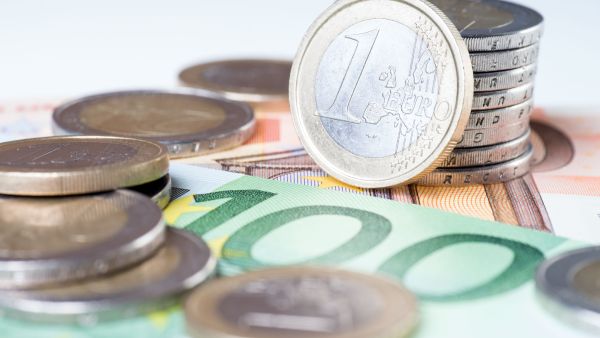1. Is 2014 the year when we ‘forget’ about the economic crisis and start a new growth cycle? Give us your personal opinion about the evolution of the Romanian economy in 2014 and beyond.
The economic growth cycle already started in 2011 and, since then, Romania has enjoyed positive growth every year. Moreover, growth accelerated in 2013, a sign that the reforms promoted in recent years, at macro and structural levels, are yielding visible results. As the economic sentiment in the Eurozone and the rest of the EU improves, there are good premises to believe that this will give an additional boost to the Romanian economy, deeply integrated with the EU. The economy will do well in 2014. Growth of the non-agriculture sector will accelerate, driven by the pick-up in the domestic demand and exports. In the medium term, advancing the structural reform agenda underway - modernization of the public administration, reforms in energy, transport, business environment and the renewed focus on improving budget revenue collection and budgeting for results, including by better prioritizing public investments – should enhance the economic growth potential of Romania to 4-5% per annum, possibly even more.
2. What will the next cycle of growth look like compared to the previous one? What has changed? What are the lessons we should not forget, in order not to repeat the mistakes of the past? How will the ‘new normal’ look for the Romanian economy?
It is clear that the drivers of growth will change in the foreseeable future and that the contribution to the economic activity of the cheap and important inflows of money from abroad characteristic of the pre-crisis period, often going into non-tradable sectors (such as real estate or consumer lending) will be very limited. Romania should however continue to strive to attract investment, domestic or foreign, which is always a driver of development, by staying on track with the ambitious reform agenda it embarked upon – macroeconomic and fiscal consolidation, reform of the public sector, sectorial reforms, in particular in energy, transport and stateowned enterprises – and the markets will reward it for its success. We already see that an important rating agency upgraded Romania, which now has investment ratings from all major agencies. Romania also recently issued its first 30-years international bond, and financing costs are coming down. These are clear signs that reforms are appreciated, and this has important material benefits for the country. Of course, more needs to be done, as important resources, public and private, still go to inefficient ends, trapping value into low productivity activities, with negative consequences on the growth potential and the prosperity of the people. Macroeconomic stability is also critical for prosperity, and I hope that this is a lesson which we have all learnt from the effects of the crisis.
3. Does Romania still have a future potential to attract FDI or do we have to ‘manage’ with internal resources?
Romania has a large potential to attract FDI, and the first quarter of this year already shows a pick-up in foreign investment. What do we need to do for that? Stay on track with the reforms and show that we are a better place for doing business than other parts of the world. Continue to remove barriers to business – and here we can do a lot more – as Romania’s rankings are not improving in a marked way in the important global competitiveness reports, such as the Global Competitiveness Index
of Doing Business. Evidence worldwide shows that countries which have concentrated on simplifying the framework in which businesses are established, operated and closed when they proved nonprofitable, succeed to attract important global resources for development. Preconditions are also a stable macroeconomic environment and focus on the long term drivers for growth, in particular on human development and skills, and on innovation and knowledge. In parallel, a successful implementation of the reforms underway should facilitate the channeling of the domestic savings towards productive investments and gradually remove inefficiencies in the allocation of resources, including in the public sector.





























